Carb Cycling: 7-Day Meal Plan And 4 Key Benefits
Lose weight and elevate your fitness game by fine-tuning your carb intake.

Image: Shutterstock
To eat, or not to eat, that’s the dilemma with carbs – a nutrient that we are guilty of overeating. Most of us love to hate carbs. But, there’s a clever way to manage their intake. It’s called carb cycling. This effective dietary strategy allows you to harness the power of carbohydrates to improve your metabolism, boost energy levels, and promote overall fitness. Carb cycling involves alternating your carbohydrate intake based on your activity levels and fitness goals. This approach offers a flexible and personalized way to fuel your body and achieve your health and fitness objectives. Carb cycling is popular among athletes and bodybuilders. However, now fitness enthusiasts follow it to achieve specific fitness goals, be it losing body fat or building muscles. But what exactly is carb cycling? Are you allowed to include high carbs in this diet? Fret not! This article will take you through the ins and outs of the carb-cycling diet, its function, benefits, a sample meal plan, and a delectable array of recipes for you to try. Keep reading to learn more about it.

 At A Glance: Carb Cycling Diet
At A Glance: Carb Cycling Diet- Principle: Switches between high- and low-carb intake based on your needs and fitness goals on a daily, weekly, or monthly basis.
- Purpose: To lose body fat, build muscles, and improve body metabolism and energy levels.
- Who It Is For: Athletes, bodybuilders, and those who want to gain muscles, improve fitness levels, and lose weight.
- Duration: Short-term.
- Who Should Avoid: Individuals who are pregnant, breastfeeding, have eating disorders, or are underweight.
- Cons: May cause bloating, acid reflux, and vomiting during the initial days of the diet.
In This Article
What Is Carb Cycling?

Carb cycling is a dietary approach where you eat healthy high-carbohydrate food on some days, then switch to low-carb foods on the other days, based on your health and fitness objectives. This strategy is built on the concept that varying your carbohydrate consumption may help optimize your body’s metabolism and energy levels. It can be more effective for fat loss compared to a traditional low carb diet. However, there is no scientific proof to back it. You may explore the different types of low-carb diet meal plans and analyze their benefits to strike a proper comparison.
You can alternate between these low- and high-carb days on a daily, weekly, or monthly basis, as per your individual goals. For instance, if your aim is body fat or weight loss, increase the number of low-carb days than high-carb days in your regimen. If you want to build muscles, have more high-carb days than low-carb days in your routine. Incorporating a high protein low carb diet on low-carb days can help maintain muscle mass while reducing fat.
Have a high-carb day when you plan on exercising hard and need more fuel. Similarly, eat fewer carbs on days when you are less active. A typical weekly carb cycling diet may include two high-carb days, two moderate-carb days, and three low-carb days. However, it may vary based on your fitness goals and training levels.
You will get a better idea once you understand how the whole diet works. Scroll down to know more.
Key Takeaways
- Carb cycling involves alternating between high- and low-carb days to optimize metabolism and energy levels.
- It helps build muscle mass, supports weight loss, improves insulin sensitivity, and may help with cholesterol level management.
- Those aiming for weight loss may have more low-carb days, while individuals focused on muscle building may incorporate more high-carb days.
- Always consider factors like body composition, activity level, health conditions, type of training, and body fat percentage before starting the carb cycling diet.
How Does Carb Cycling Work?
Consuming carbohydrates increases insulin production in your body, which takes more glucose into your cells. The glucose is either converted into energy, stored for later or turned into fat. So, following a low-carb diet may increase your metabolic burn rate. Meaning, it allows your body to burn off stored fat and excess energy (1), (2).
When you consume a high-carb diet, you give enough energy and glucose to your body to perform exercises and recover. It may help your body replenish its supply of muscle glycogeni A complex carbohydrate and a stored form of glucose (energy) in animals and humans, particularly in the liver and muscles. , which may help improve performance and reduce muscle breakdown (3), (4).
Constantly modifying your carbohydrate consumption may help enhance insulin sensitivityi Refers to the body's ability to respond effectively to insulin, helping regulate blood sugar levels efficiently. (5). This means your body will become more efficient at utilizing carbohydrates for energy rather than storing them as fat.
However, it is important to adjust your carb intake based on your goals and dietary needs. The factors that may impact carb intake include:
- Body Composition: Your carb requirements depend on your body composition. If your goal is weight loss, you should aim to consume fewer carbs compared to when you are looking to gain muscle.
- Training And Rest Days: Your activity level can also impact carb intake. You may need more carbs if you lead an active lifestyle compared to someone with a sedentary lifestyle. Athletes often combine a carb cycling diet plan with a cutting diet to achieve peak physical condition before competitions. After all, a well-planned cutting diet aims to “cut” down your calorie intake to help you lose fat while preserving your muscle mass.
- Health Conditions: Health conditions, such as diabetes and other metabolic syndromesi A cluster of conditions that occur together and increases the risk of heart disease, stroke, and type 2 diabetes. , may also affect your carb intake.
- Training Intensity: The intensity of your workouts can influence the amount of carbs you need to consume. If you do a lot of resistance training, you may need more carbs to help your body recover.
- Amount Of Body Fat: If you have excess body fat, you may need fewer carbs to reach your goals. The leaner a person is, the more the carb days they require.
Having explored the mechanics of how the carb-cycling diet operates, let us delve into the numerous advantages it offers. Continue reading to know more.
Benefits Of Carb Cycling

1. May Aid Muscle Growth And Sports Performance
Eating a lot of healthy carbs provides your body with the energy and glucose it needs for exercise performance and recovery. This can help your muscles replenish their glycogen levels, potentially boosting your performance and reducing muscle damage (4). Also, a study involving competitive bodybuilders who utilize carbohydrate refeeds (periods where they consume more carbs) found that it could enhance fat loss. The carbohydrate refeed days may increase glycogen stores, aid training performance, and help you mentally recover from exercise regimens (6).
2. May Aid Weight Loss
The low-carb diet helps you lose fat by allowing your body to use stored fat as an energy source (2). However, there is not enough research to show how combining low-carb and high-carb diets helps in weight loss. But, anecdotal evidence suggests that implementing carb cycling along with a calorie deficit may help you lose weight.
3. May Improve Insulin Sensitivity
A diet containing low-to-moderate carbohydrates may increase insulin secretion and glucose uptake, thus improving insulin sensitivity (7). On the contrary, a high-carb diet may lead to more spikes in blood sugar levels. Therefore, having more low-carb days and consuming high-carb foods only on workout days may help improve insulin sensitivity.
4. May Improve Cholesterol Levels
A moderately high-carbohydrate and low-fat diet may help improve plasma cholesterol concentrations. According to a study, a low-fat diet practiced for three weeks followed by a high-carb diet may lower total and LDL cholesteroli It is a type of lipoprotein that carries cholesterol in the bloodstream and is often referred to as “bad” cholesterol. levels. Researchers found that it also improved glucose tolerance (8). Therefore, consuming a high-carb diet between the low-carb days may help manage cholesterol levels. However, the mechanism is still unclear and requires further research.
Remember that carb cycling is not the same as a low-carb diet and requires thorough planning. Therefore, always work with a registered dietitian to plan your carb intake and meals. The next section will give you an idea about how to schedule your carb intake, foods to eat, and meal planning.
Carb Cycling Meal Plan
7-Day Carb Cycling Plan
The carb cycling plan has many variations, including daily, weekly, or monthly alterations between high- and low-carb intake. Here is a sample plan indicating high-carb, moderate-carb, and low-carb days:
| DAYS | EXERCISE TYPE | CARB INTAKE | FAT INTAKE | AMOUNT OF CARBS (g) |
|---|---|---|---|---|
| Monday | Weight training | High | Low | 200 |
| Tuesday | Aerobic exercise | Moderate | Moderate | 100 |
| Wednesday | Rest day | Low | High | 30 |
| Thursday | Weight training | High | Low | 200 |
| Friday | Weight training | High | Low | 200 |
| Saturday | Rest day | Low | High | 30 |
| Sunday | Rest day | Low | High | 30 |
 Quick Tip
Quick TipWhile on this diet, it is important to know which foods you should consume and avoid. Here is a list of healthy high-carb and low-carb foods you can add to your diet plan, along with a few choices you should steer clear of.
High-Carb And Low-Carb Foods To Eat For Carb Cycling
| High-Carb Foods (per day servings) | Low-Carb Foods (per day servings) |
|---|---|
|
|
You may include these foods while preparing your weekly meal plans. Also, limit or avoid the consumption of refined grains, added sugars, and highly processed foods during both high- and low-carb days. Avoid consuming sugary fruits and starchy vegetables during low-carb days. Also, stay away from sweetened beverages, like sodas, and alcohol, and stick to water, infused water, healthy smoothies, and unsweetened black tea or coffee.
While cooking your food, stick to cooking methods like boiling, baking, steaming, grilling, or smoking your food over a pan. This also helps reduce the caloric value of the foods.
If you want to follow carb cycling for cutting body fat and losing weight, here is a sample carb cycling meal plan you may refer to.
Carb Cycling For Weight Loss
| Day 1: High Carb |
|
| Day 2: High Carb |
|
| Day 3: Low Carbs |
|
| Day 4: High Carbs |
|
| Day 5: High Carbs |
|
| Day 6: Low Carbs |
|
| Day 7: Low Carbs |
|
You can repeat this sample carb cycling meal plan and follow it for a few more weeks. However, remember that this sample plan is just for reference. You must consult a registered dietitian for a blanched diet plan based on your nutritional needs and fitness goals.
 Pro Tip
Pro TipYou may also experiment with the recipes based on your preferences. Continue reading to learn a few recipes you can try for your high- and low-carb days.
Easy Carb Cycling Recipe Ideas
1. Greek Salad With Grilled Chicken
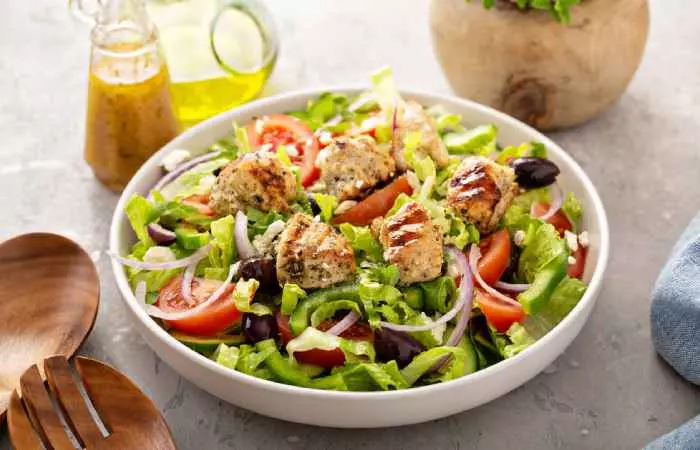
Ingredients
- 1/3 cup of extra-virgin olive oil
- 2 large boneless, skinless chicken breasts of about 1.5 lbs
- 1 teaspoon of salt
- 1 teaspoon of freshly ground black pepper
- 2 tablespoons of fresh lemon juice
- 1/2 teaspoon of dried oregano
- 8 cups of chopped romaine lettuce
- 1 cup of sliced cucumber
- 1/2 cup of pitted Kalamata olives
- 1/4 cup of thinly sliced red onion
- 8 ounces of feta cheese
How To Prepare
- Set a grill on medium heat.
- Oil the grates lightly.
- Cut the chicken into 1-inch pieces.
- Season them with salt and pepper.
- Place them onto four 12-inch metal skewers.
- Grill the chicken for about 4-6 minutes.
- Mix olive oil, lemon juice, and oregano in a large bowl.
- Season with salt and pepper.
- Add lettuce, cucumber, olives, and red onion to the bowl.
- Toss them until well-coated.
- Top with some of the feta chunks and chicken skewers.
- Serve it hot!
2. Lentil Soup
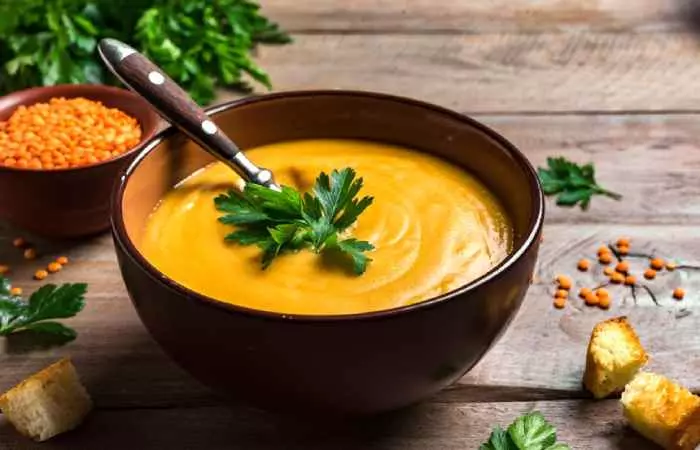
Ingredients
- ¼ cup of olive oil
- 1 chopped onion
- 2 carrots, diced
- 2 celery stalks, chopped
- 2 garlic cloves, minced
- 1 bay leaf
- 1 teaspoon of dried oregano
- 1 teaspoon of dried basil
- 2 cups of dry lentils
- 8 cups of water
- 5 oz of crushed tomatoes
- ½ cup thinly sliced spinach
- 2 tablespoons of vinegar
- Salt, as per your taste
- Ground black pepper, as per taste
How To Prepare
- Heat oil in a large soup pot over medium heat.
- Add the onions, carrots, and celery to the pot.
- Stir for 3 to 5 minutes until the onions are tender.
- Add garlic, bay leaf, oregano, and basil. Cook for 2 minutes.
- Add lentils, water, and tomatoes.
- Bring them to a boil.
- Reduce heat and let it simmer for an hour until lentils are tender.
- Add spinach and wait for another 1-2 minutes.
- Stir in vinegar and season with salt and pepper.
- Serve it hot!
3. Peanut Butter Banana Smoothie
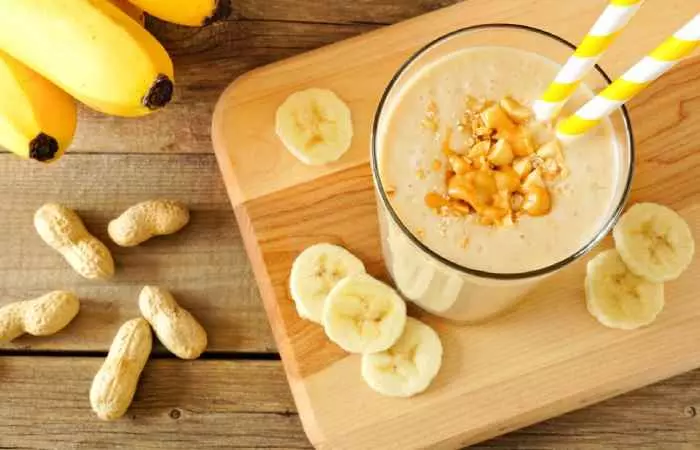
Ingredients
- 2 bananas broken into chunks
- 2 cups of milk
- ½ cup of peanut butter
- 2 tablespoons of honey
- 2 cups of ice cubes
How To Prepare
- Put bananas, milk, peanut butter, honey, and ice cubes in a blender.
- Blend them for about 30 seconds for a smooth consistency.
- If the smoothie is too thick, add more milk to adjust the consistency.
- Serve it and enjoy!
These recipes will help you enjoy this diet. However, you should be careful while following this diet as it may have some side effects. Read on to learn about the risks associated with carb cycling.
Risks Of Carb Cycling
The risks associated with carb cycling are mainly associated with low-carb intake. You may experience the following side effects when you cut down your carb intake:
- The low-carb diet may cause vomiting, severe constipation, acid reflux, and diarrhea (9). Though these symptoms may not last long, you may experience them during the initial days of the diet.
- Limiting the intake of high-carb foods may also affect micronutrients, vitamins, and minerals intake, leading to nutrient deficiencies. Therefore, it may not be ideal for everyone to follow this diet, especially pregnant or breastfeeding women, those who have eating disorders or are underweight.
- The diet may also impact people on certain medications or with specific health conditions.
Moreover, a high-carb intake consisting of sugary or starchy foods may lead to excess weight gain and increase the risk of cardiovascular diseases.
It is best to consult your doctor and a registered dietitian before starting this diet to avoid any risks.
The carb cycling diet is a dynamic approach to achieving health, weight loss, and fitness goals. Alternating between high- and low-carb days helps you lose weight as well as gain muscles. It may also help promote your overall health by improving insulin sensitivity and managing cholesterol levels. However, tailoring the plan to factors like body composition and activity level is important to achieve the best results. It is because this diet isn’t suitable for everyone and may cause side effects, like constipation and nutrient deficiencies. That’s why working with a doctor and a registered dietitian is important for a successful and balanced approach to health and fitness.
Frequently Asked Questions
Is carb cycling considered healthy?
It is generally considered a healthy diet, as it helps improve glucose tolerance and may support weight loss. However, the long-term sustainability of the diet is not clear. Therefore, it is best to follow this for a short term.
What is the difference between carb cycling and a keto diet?
Carb cycling involves switching between high- and low-carb consumption to meet specific fitness goals. On the other hand, the keto diet eliminates carb intake for a longer period and is aimed at achieving and maintaining ketosis for purposes such as weight loss.
How do you carb cycle for beginners?
If you are a beginner, follow a plan where you consume low-carb foods, amounting to 100-125 g/day, for three days. Then, spend two days eating a high amount of carbs (about 175-275 g/day) on days you are more active. This may help you get adjusted to the diet plan.
Illustration: Carb Cycling For Weight Loss: How It Works, Meal Plan, And Recipes

Image: Stable Diffusion/StyleCraze Design Team
If you are looking for an effective diet strategy to improve your fitness levels, you have reached the right place. Check out this informative video and gain valuable insights on the carb cycling diet.
References
Articles on StyleCraze are backed by verified information from peer-reviewed and academic research papers, reputed organizations, research institutions, and medical associations to ensure accuracy and relevance. Read our editorial policy to learn more.
- Low-carbohydrate diet
https://www.ncbi.nlm.nih.gov/books/NBK537084/ - Rethinking fat as a fuel for endurance exercise
https://pubmed.ncbi.nlm.nih.gov/25275931/ - Carbohydrate loading practice in bodybuilders: Effects on muscle thickness, photo silhouette scores, mood states and gastrointestinal symptoms
https://www.ncbi.nlm.nih.gov/pmc/articles/PMC6873117/ - The effect of a moderately low and high carbohydrate intake on crossfit performance
https://www.ncbi.nlm.nih.gov/pmc/articles/PMC5065325/ - Dietary carbohydrates and insulin action in humans
https://pubmed.ncbi.nlm.nih.gov/10889799/ - Do bodybuilders use evidence-based nutrition strategies to manipulate physique?
https://www.ncbi.nlm.nih.gov/pmc/articles/PMC5969027/ - Impact of different protein sources in the glycemic and insulinemic responses
https://pubmed.ncbi.nlm.nih.gov/22470009/ - Effects of isoenergetic high-carbohydrate compared with high-fat diets on human cholesterol synthesis and expression of key regulatory genes of cholesterol metabolism
https://www.sciencedirect.com/science/article/pii/S0002916523066005?via%3Dihub - The Low-Carbohydrate Diet: Short-Term Metabolic Efficacy Versus Longer-Term Limitations
https://www.ncbi.nlm.nih.gov/pmc/articles/PMC8066770/
Read full bio of Samantha Blanton
Read full bio of Moksha Gandhi
Read full bio of Arshiya Syeda
Read full bio of Himanshi Mahajan








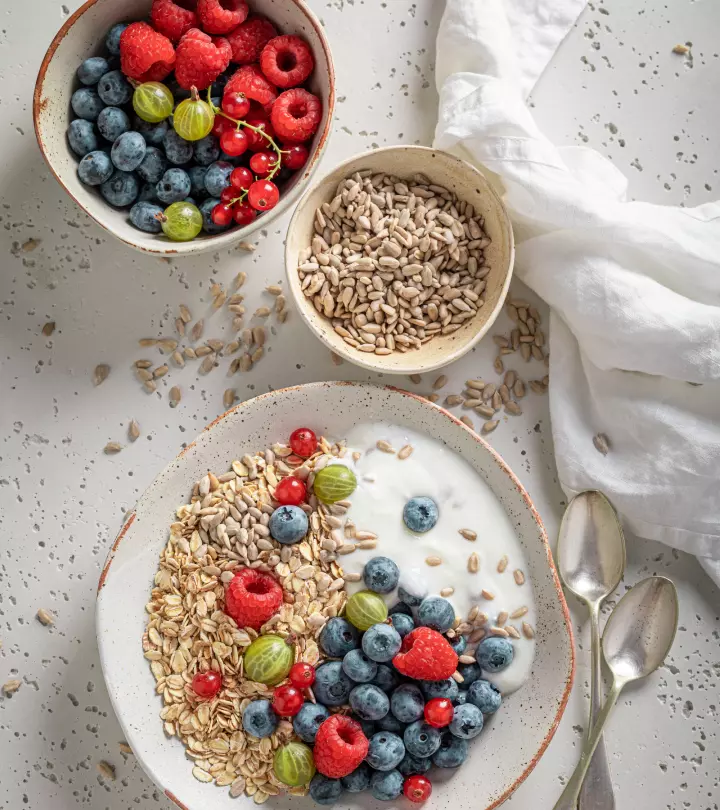



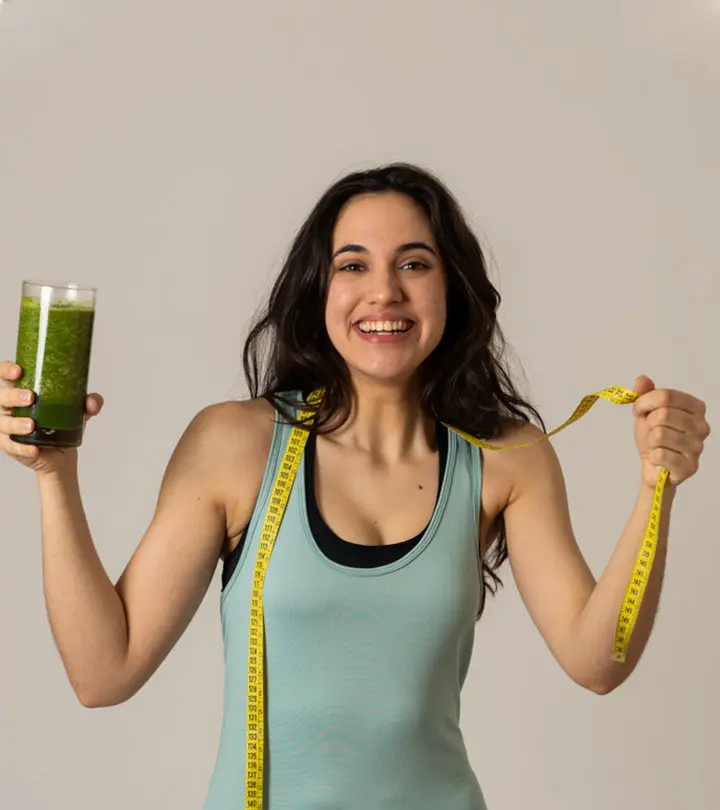





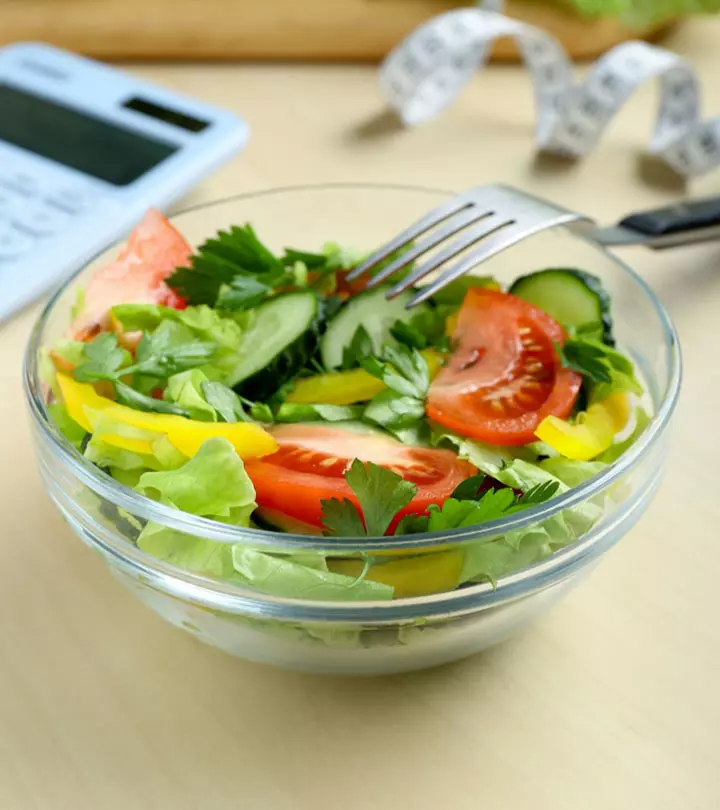
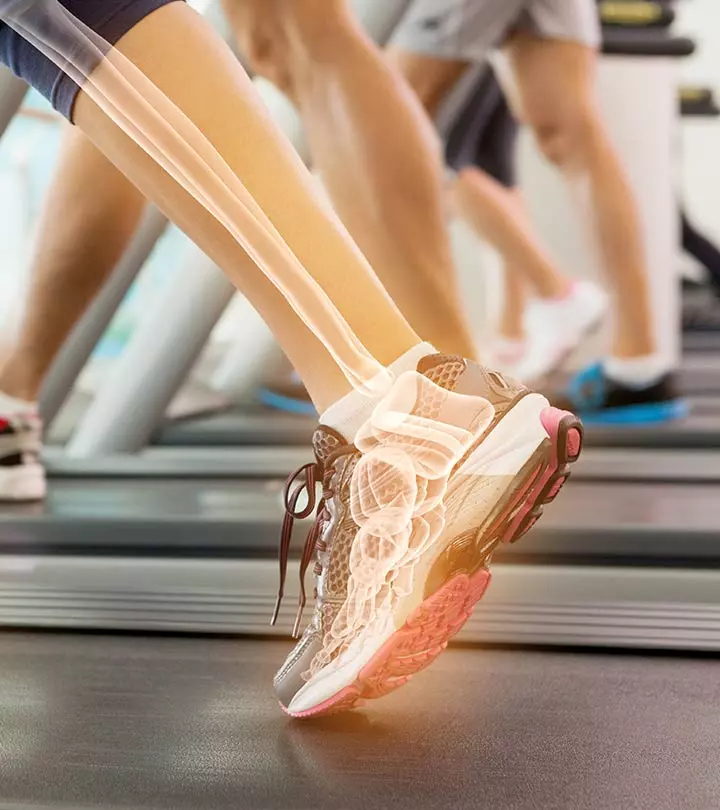


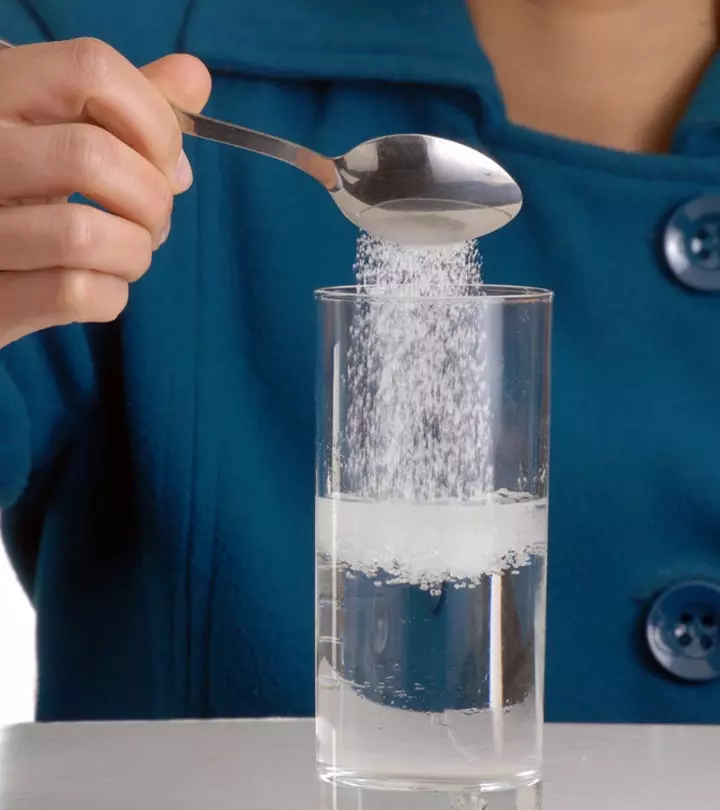
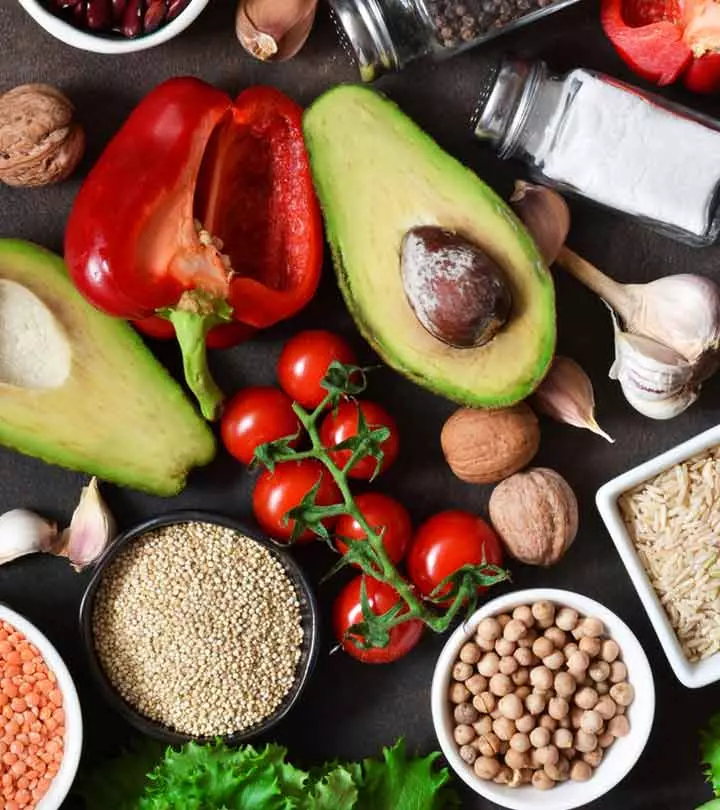


Community Experiences
Join the conversation and become a part of our empowering community! Share your stories, experiences, and insights to connect with other beauty, lifestyle, and health enthusiasts.